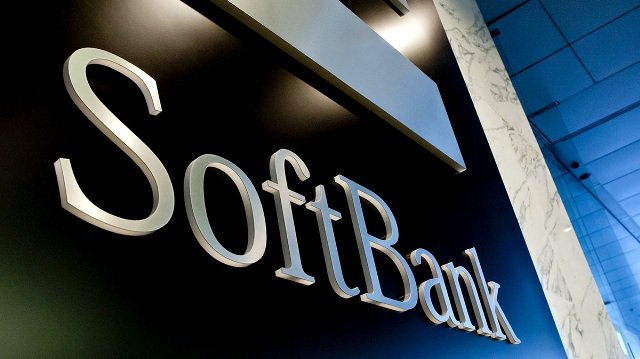SoftBank has implemented machine learning network design, an innovative method for radio access network design, from Ericsson.

The service groups cells in clusters and takes statistics from cell overlapping and potential to use carrier aggregation between cells into account, thus reducing operational expenditure and improving network performance.
Ericsson said machine learning network design cut the lead time by 40 percent compared to traditional network design methods.
“We applied Ericsson’s service on dense urban clusters with multi-band complexity in the Tokai region. The outcome exceeded our expectations and we are currently proceeding in other geographical areas with the same method,” Ryo Manda, radio technology section manager at the Tokai Network Technology Department of SoftBank, said.
SoftBank’s engineers have conducted analysis of the actual radio network environment by taking cell coverage overlap, signal strength and receive diversity. The number of relations between cells as well as considerations for network evolution, calls for substantial computational power and machine learning techniques.
Ericsson’s engineers solved the complex task by implementing an innovative design concept based on network graph machine learning algorithm (community detection) that Ericsson has now patented.
SoftBank, a leading telecom operator in Japan, automated the process for radio access network design with Ericsson’s service. In addition, SoftBank said its analytics team has applied big data analytics to a cluster of 2000 radio cells and analyzed data for the optimal configuration.
